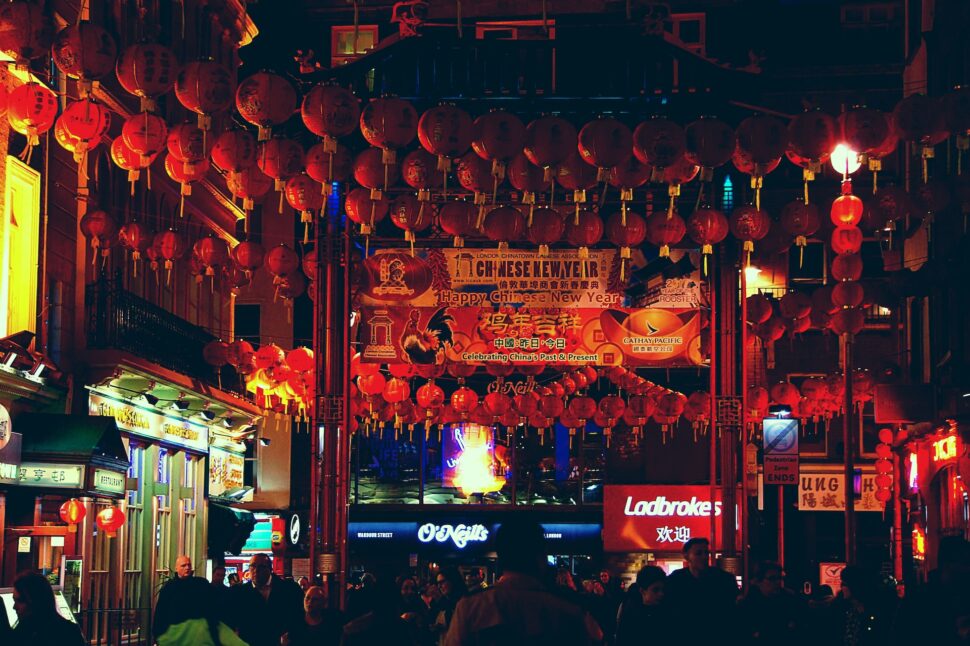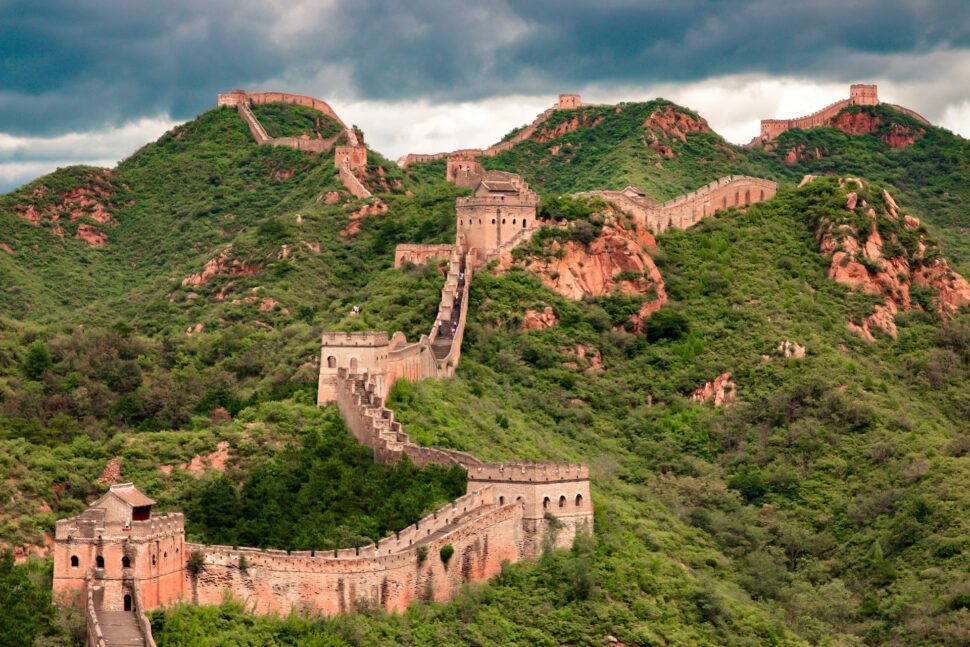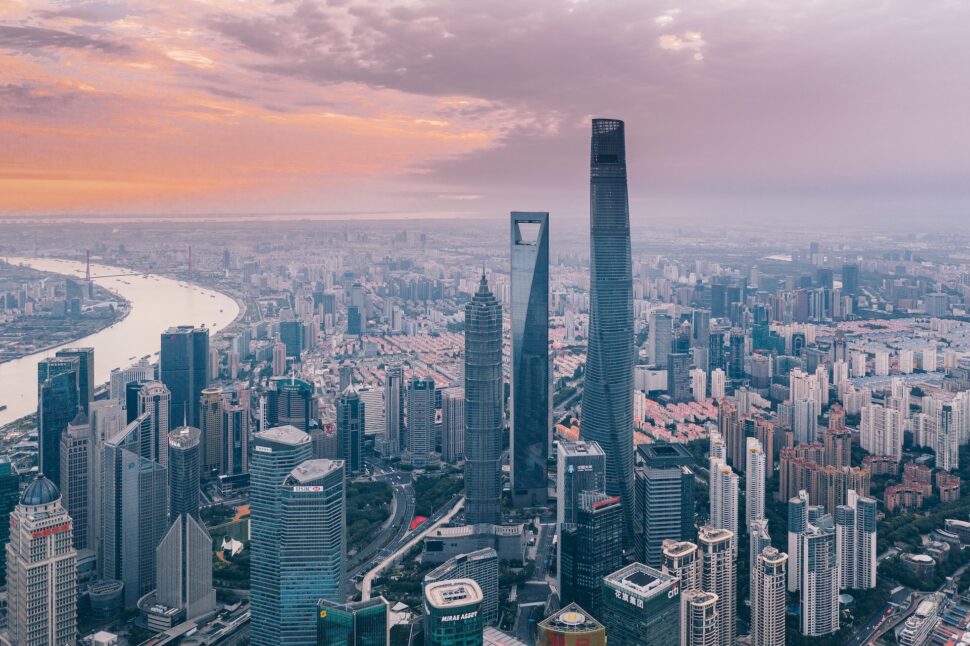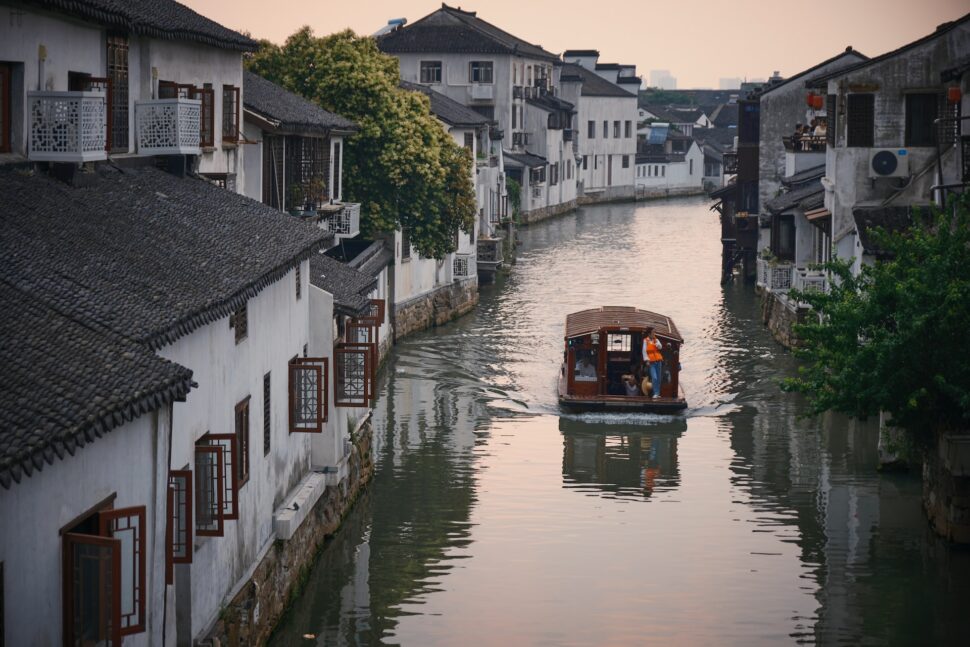China is a world giant and leader in innovation, known for its rapid development, extensive population and political power. However, tensions between the United States and China have always been high, specifically regarding its communist government. Because of this, most of the exposure the United States has to the country relies on news media. Beyond the common knowledge, China is a country rich in history and culture which makes it a unique place to explore and learn more about. These ten facts about China are a great way to indulge in the country’s people and culture rather than the highly publicized political conflict.
Some facts about China may seem obvious, based on how the country is socially portrayed. For example, did you know FaceBook has been banned in China since 2009? While that fact may not seem too surprising, did you also know that any panda you see around the world came from China? According to Becca Marsh for The Fact Site, the famous panda bear is only found in the wild in China. This means any panda you may see in zoos around the world was loaned out by the Chinese government.
Check out the rest of these facts about China to learn more about the eccentric country.
1. China Is the 2nd Most Populous Country in the World

China holds the distinction of being the world’s most populous country after India with over 1.4 billion people. The magnitude of its population not only shapes the country internally but also exerts a profound influence globally. WorldoMeter reported that 17.72% of the world population is in China. Though this population is high and China is the third biggest country by size, over 90% of China’s population lives in areas of the country that make up less than half of the country’s land mass.
2. Chinese New Year Is an Important Tradition

One of China’s most exuberant and cherished celebrations is the Chinese New Year, or Spring Festival. This festive extravaganza marks the beginning of the lunar new year, typically falling between late January and mid-February. This occasion sees families reuniting, streets adorned with vibrant decorations and a spectacular showcase of traditional customs, lasting for about 15 days. Some of the customs of Chinese New Year include dragon dances, fireworks and the exchange of red envelopes filled with “lucky money.” Each year is symbolized by an animal from the Chinese zodiac, rotating in a 12-year cycle, contributing to the lively and colorful festivities that honor cultural heritage and renewal.
3. China Is Tied With Italy for the Most UNESCO World Heritage Sites

China’s history is magnificently showcased through its UNESCO World Heritage Sites, tying with Italy for the highest number of designated sites. The country boasts a staggering collection of 55 UNESCO World Heritage Sites. These sites stand as living testaments to China’s rich and diverse history, drawing millions of visitors each year in awe of their cultural significance. They include iconic structures from the awe-inspiring Great Wall of China, a testament to ancient defensive architecture, to the mystical landscapes of Mount Huangshan and the iconic Terracotta Army guarding the tomb of Emperor Qin Shi Huang.
4. The National Sport of China is Table Tennis

Table tennis, or ping pong, holds an esteemed place in Chinese culture as the country’s national sport. China’s dominance in international competitions showcases the precision, agility and finesse of its players. The sport’s accessibility, requiring minimal space and equipment, has made it a beloved pastime across China. It is all about celebrating skill, discipline and sporting excellence.
5. Around 35 Million People in China Live in Caves

Around 35 million people in China live in cave dwellings, locally known as “yaodongs.” These dwellings carved into cliffs or excavated from the earth offer natural insulation, shielding inhabitants from extreme temperatures. These caves, often passed down through generations, represent a connection to ancestral heritage and an embodiment of sustainable living practices, showcasing the adaptability of Chinese communities.
6. China’s Most Popular Cooking Styles are Known as Eight Great Cuisines

China’s cuisine encompasses a wide spectrum of tastes and styles. However, most notably, it is celebrated for the “Eight Great Cuisines.” These culinary traditions—Shandong, Sichuan, Guangdong (Cantonese), Jiangsu, Zhejiang, Fujian, Hunan and Anhui—reflect the diverse geography, climate and history of their respective regions. Each cuisine boasts distinct flavors, ingredients, cooking methods and cultural significance with their exquisite tastes and artful presentation.
7. A New Skyscraper is Built in China Every 5 Days

The pace of urbanization in China is staggering, exemplified by the statistic that a new skyscraper is built every five days. This monumental growth has led to China hosting many of the world’s tallest skyscrapers, with iconic structures like the Shanghai Tower, the Ping An Finance Center and the Shanghai World Financial Center gracing the skyline. These architectural wonders symbolize not just China’s economic might but also its ambition with innovation.
8. China’s Proliferation of Shopping Malls

China’s consumer culture manifests prominently in its retail. The country boasts around four times as many shopping malls as the United States. These shopping complexes offer a diverse array of goods, entertainment and culinary experiences, serving as more than just retail spaces but social and cultural hubs where communities and tourists converge to shop, dine and socialize.
9. China Has Only One Time Zone Despite Being the Third Largest Country in the World

Despite its vast size spanning several geographic time zones, China operates solely within one time zone—China Standard Time (CST). This decision was made to promote unity and streamline communication and governance across the country. However, this practice results in significant variations in daylight hours between different regions. Western provinces experience sunrise and sunset times that deviate substantially from the official clock time.
10. China Has Towns and Villages Resembling the World

China boasts a fascinating array of towns and villages meticulously designed to replicate global locales. From an Austrian village to an English town, these architectural replicas mirror iconic sites and cultural aesthetics from around the world. These themed towns serve as tourist attractions and residential areas, offering locals and visitors a taste of different cultures without leaving China’s borders.





